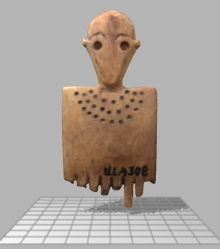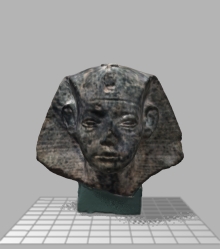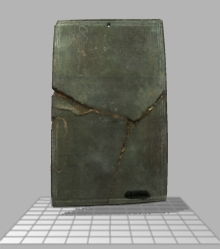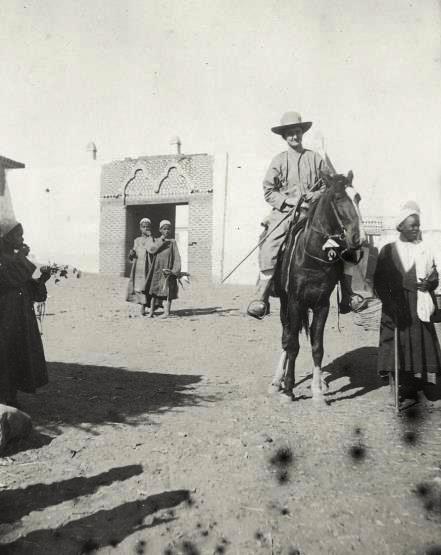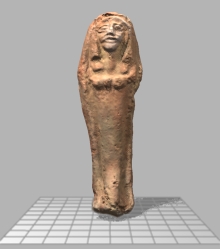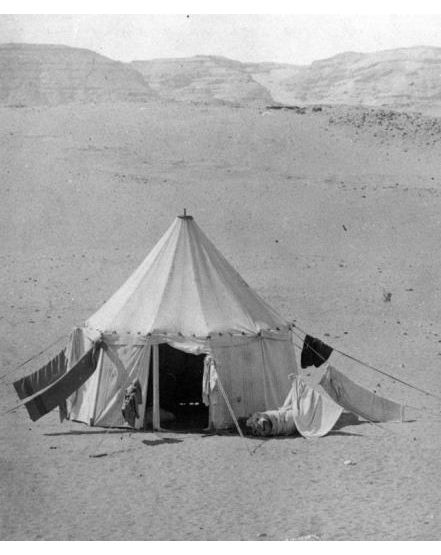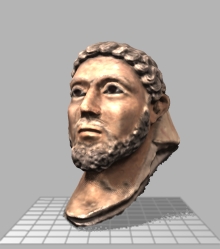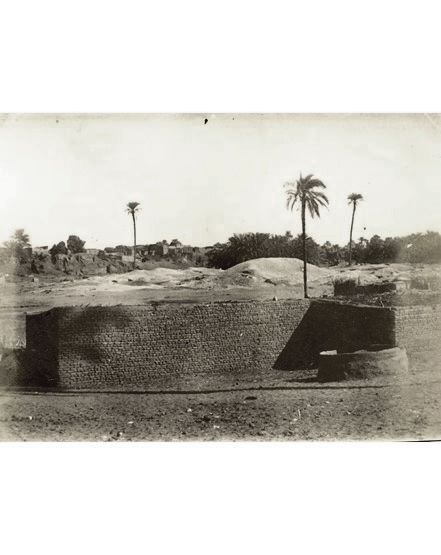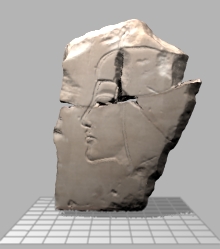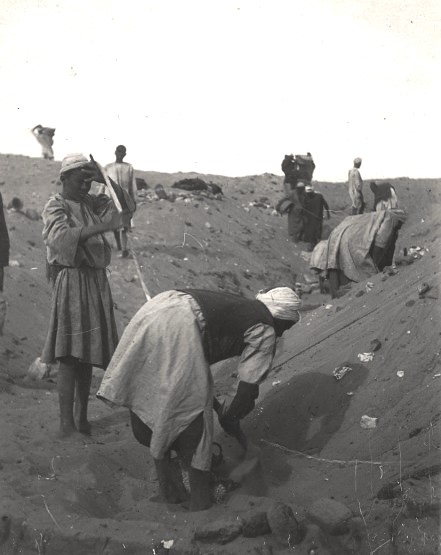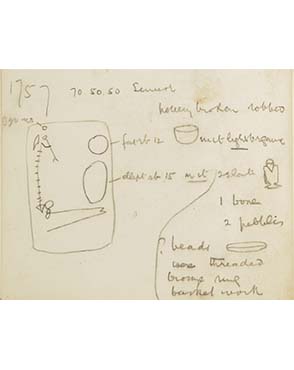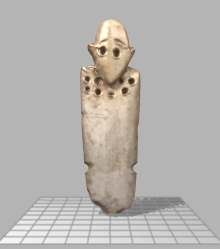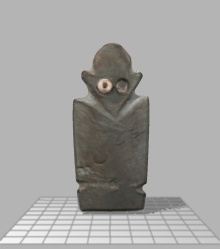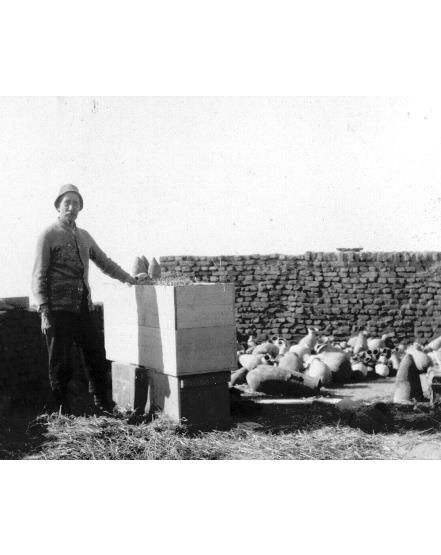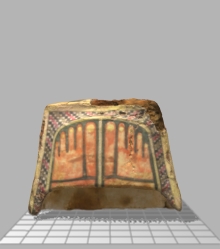Loading...
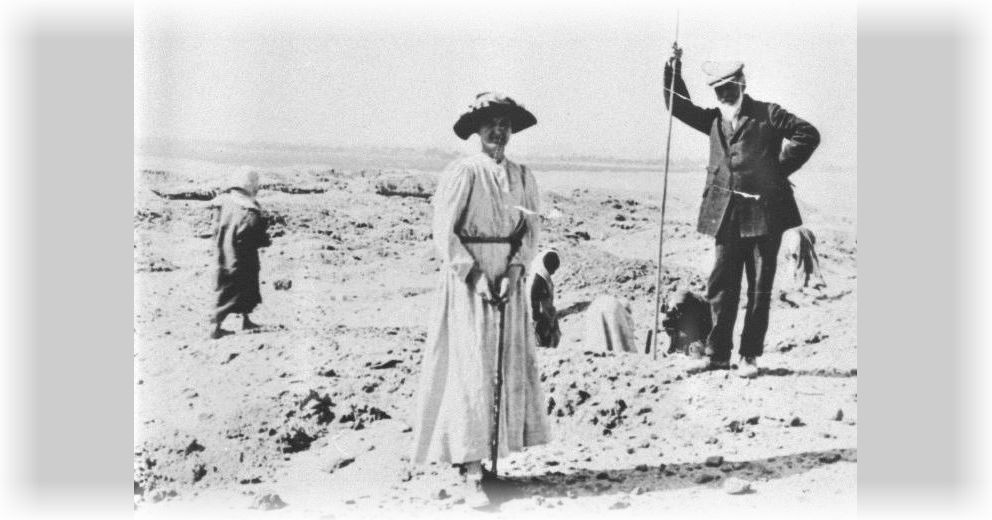
In the field
What was life like on a dig with Petrie? Here, in quotes from Petrie and other team members you can get an idea of how he prepared for a dig and what happened throughout the day.
Drag anywhere to explore
Click/tap on an image for more details
-
Preparing
Preparing for the dig
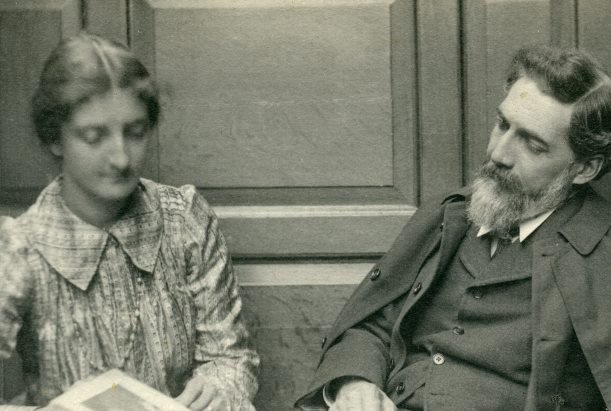
-
Preparing for the dig
Sites were usually chosen in advance, in order to allow for the necessary permissions to excavate and to plan for the season. For work at Naqada, where Petrie found important predynastic burials, he planned a year ahead.
While at Koptos I had eyed the hills on the opposite side of the Nile, and heard of things being found there; so I applied for the district on the western side. He left London on November 15, 1894 and arrived in Naqada on December 3..
Petrie’s work was initially and then intermittently funded by the Egypt Exploration Fund, founded by Amelia Edwards who was to become his firm supporter. The EEF in turn received money by subscriptions from supporters. In this way, from its beginnings in 1882, the EEF was able to reach 92 subscribers, expanding worldwide. Amelia described her methods in a letter to Petrie in 1887.
It is true that any dunce can answer subscribers – but it needs a diplomatist to net them. If you but knew the wealth of diplomacy I have poured out on paper! I first elect a 'likely' person – being of course acquainted with that person’s special leanings; then I write him a beautiful letter, pointing out to him how the aims of our society are precisely his aims;...& how, being who & what he is – his name & support will be peculiarly precious to us. Thus I took Lord Shaftesbury with Pithom and the Exodus, the Bishop of Durham…with your early Greek papyri….Quakers prefer the Old Testament....
Petrie regularly took students with him to work. These included illustrious figures such as Howard Carter, who discovered Tutankhamun's tomb, and T.E. Lawrence, who worked with Petrie at Tarkhan.
...the aspirant was invited to lunch at Petrie’s favourite teashop.... If he chose a frugal meal, he met with approbation; if he plumped for meat and two vegetables with a sweet to follow, he scored zero and was unlikely to be accepted. After lunch he was taken back to the Department. There were no lifts in the College in those days; the Professor would skip lightly up the long curving flight of stairs to the door of the museum; no candidate who did not follow close on his heels and arrive at the top without feeling breathless would be considered fit enough to withstand the rigours of life in a Petrie camp.
As UCL was the only university offering degrees for women, many of Petrie’s students were female. Along with Hilda, Petrie’s wife, many women contributed to excavations by drawing objects and reliefs, recording finds and undertaking tasks like stringing beads.
‘We are overrun with lady students wanting to come out….It will be a great help if we develop a corps of lady artists to turn on important places.’
-
-
Travel
Travelling to the site
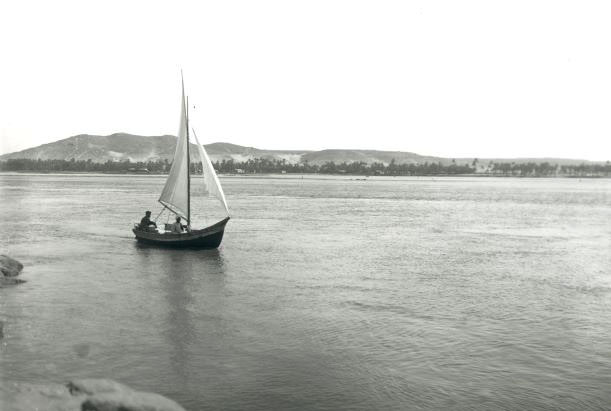
0
-
Travelling to the site
Before going out to the site, time would need to be spent in Cairo, sorting out official paperwork, getting supplies and making professional and social calls. Trips to Cairo might also involve buying antiquities. Petrie would sometimes purchase objects to fill in gaps in his important object sequences. The objects Petrie chose included examples of amulets and shabti funerary figures which would later form part of his typologies of objects.
When I first went to Egypt in 1881, I began nibbling at the flow of antiquities in dealers’ hands. A few pound the first year, were followed by increasing amounts spent each year as I got experience.
-
-
Setting up
Setting up camp
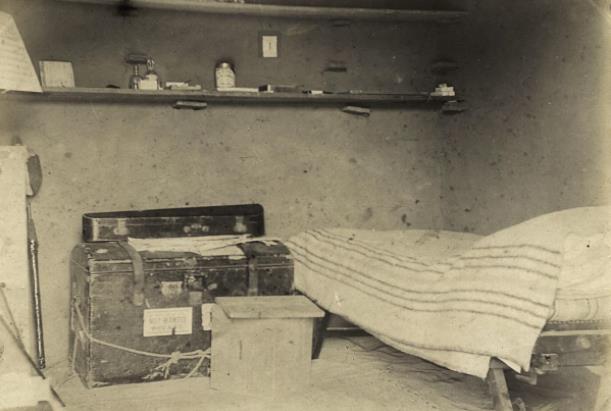
0
-
Setting up camp
Accommodation on a dig varied from a tent to house, or even a tomb. When Petrie first went to Egypt to measure the pyramids at Giza, he was able to make use of three small tombs which had been previously knocked together.
I had a doorway in the middle into my living-room, a window on one side for my bedroom, and another window opposite for a store-room. I resided here for a great part of two years; and often when in draughty houses, or chilly tents, I have wished myself back in my tomb. No place is so equable in heat and cold, as a room cut out in solid rock; it seems as good as a fire is in cold weather, and deliciously cool in the heat.
True
Petrie in front of the tombs he lived in at Giza. Photo copyright the Egypt Exploration Society.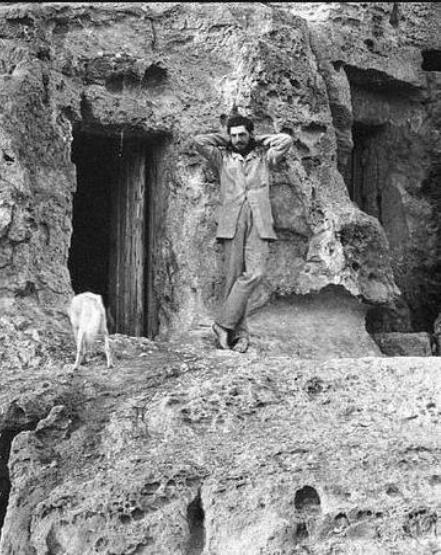
For some sites, tents proved more practical. Petrie recommended making sure the tents were some distance from the huts to avoid the guards’ snoring. However space within a tent was quite limited.
Imagine being limited to a space six and a half feet long, and about as wide as the length, and you have the ground plan of my square tent, sloping up to nothing, at less than standing height. Besides bed I have nine boxes in it, stores of all kinds,…and in this I have to live, to sleep, to wash, and to receive visitors...Important mummies were put under my bed.
Howard Carter, who later discovered the tomb of Tutankhamun, spent a few weeks with Petrie at Amarna in 1892. He was surprised to find a stack of mud bricks and a mortar bed waiting for him; Petrie expected him to build his own room.
-
-
Workforce
Choosing the Egyptian workforce
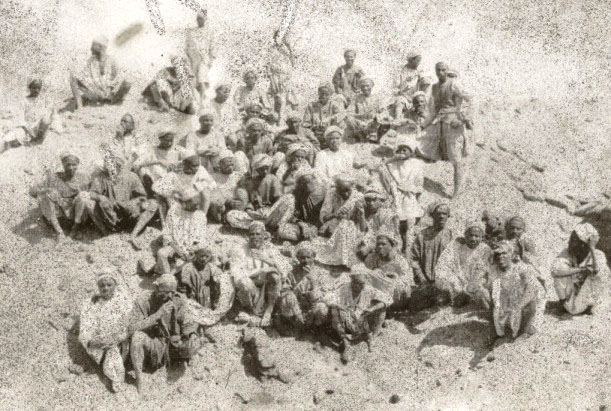
0
-
Choosing the Egyptian workforce
Petrie relied on local Egyptians for assistance and labour. Petrie’s comments on these relationships can seem derogatory to us today. There are instances of warm friendships and great respect and at other times his remarks are harsh stereotypes or derogatory.
The numbers of Egyptian workmen were often very high. Petrie remarked that he could manage 80 men ‘comfortably’, 120 men ‘properly’ and at most, 160-180 men. From a study of the excavation records by Prof. Stephen Quirke (Hidden Hands, 2010: 175), we sometimes know the names of the excavators. For example, Tomb 1757 at Naqada was excavated by a team member named Senusi.
A gang of well-trained men need hardly any direction, especially in cemetery work; and their observations and knowledge should always be listened to, and will often determine matters. The freshman from England is their inferior in everything except in recording ; and at least a season's experience is needed before any one can afford to disregard the judgment of a well- trained digger.
-
-
Return
Packing up and going home
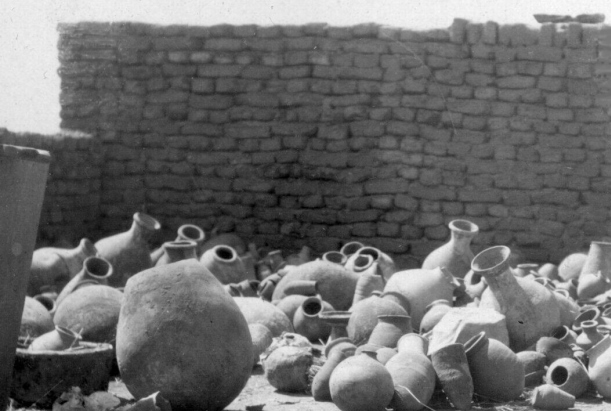
0
-
Packing up and going home
Packing up the objects at the end of the season took a considerable amount of time. For his season at Amarna, Petrie noted that he packed up an impressive 125 cases of objects.
…This part of the business generally takes about a fifth of the time of the excavations; and much care and arrangement has to be bestowed on the security of heavy stones, or pottery, or fragile stucco, or glass, for a long journey of railways and shipping. Packing with pads, with clothes, with chopped straw, or with reeds, hay, or straw, is more or less suitable in different instances..
Dig records were sent back to England separately.
Once the objects reached the museum in Cairo, some would be kept by the museum and some could be taken to England. The objects often had a challenging trip home with the weather causing delays and damage to objects.
At the Museum, …the cases were laid out in the garden, without any cover, a violent storm came on, and next morning I found them standing in three inches of water. To wet such perishable organic material was almost fatal, yet to take out wet mummies to dry was impossible, as there was no shelter. …I went back by long sea with the cases, and had several out on deck and dried the mummies in the sun
-
Click or drag the timeline to move faster
-
Preparing
-
Travel
-
Setting up
-
Workforce
-
Return
